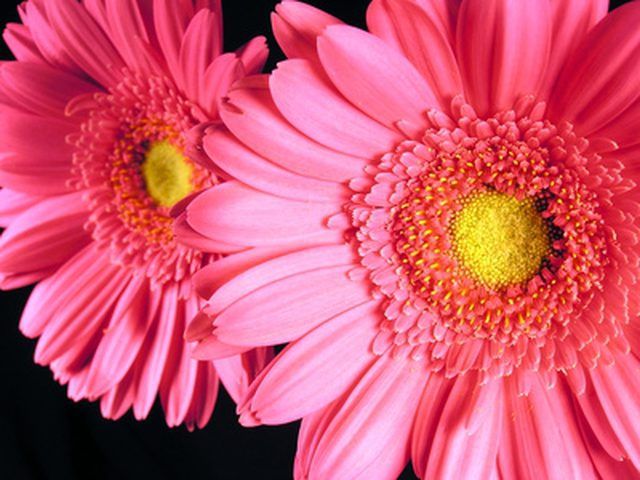Bulbs
Flower Basics
Flower Beds & Specialty Gardens
Flower Garden
Garden Furniture
Garden Gnomes
Garden Seeds
Garden Sheds
Garden Statues
Garden Tools & Supplies
Gardening Basics
Green & Organic
Groundcovers & Vines
Growing Annuals
Growing Basil
Growing Beans
Growing Berries
Growing Blueberries
Growing Cactus
Growing Corn
Growing Cotton
Growing Edibles
Growing Flowers
Growing Garlic
Growing Grapes
Growing Grass
Growing Herbs
Growing Jasmine
Growing Mint
Growing Mushrooms
Orchids
Growing Peanuts
Growing Perennials
Growing Plants
Growing Rosemary
Growing Roses
Growing Strawberries
Growing Sunflowers
Growing Thyme
Growing Tomatoes
Growing Tulips
Growing Vegetables
Herb Basics
Herb Garden
Indoor Growing
Landscaping Basics
Landscaping Patios
Landscaping Plants
Landscaping Shrubs
Landscaping Trees
Landscaping Walks & Pathways
Lawn Basics
Lawn Maintenance
Lawn Mowers
Lawn Ornaments
Lawn Planting
Lawn Tools
Outdoor Growing
Overall Landscape Planning
Pests, Weeds & Problems
Plant Basics
Rock Garden
Rose Garden
Shrubs
Soil
Specialty Gardens
Trees
Vegetable Garden
Yard Maintenance
How to Get Gerbera Daisies Through Winter
How to Get Gerbera Daisies Through Winter. Gerbera daisies are a beautiful member of the sunflower family, with bright, broad, long-lasting blossoms on succulent stems. They're somewhat vulnerable to pests and molds but can be kept healthy and thriving year round. Also known as the African daisy, Gerbera is generally regarded as an annual plant in...

Gerbera daisies are a beautiful member of the sunflower family, with bright, broad, long-lasting blossoms on succulent stems. They're somewhat vulnerable to pests and molds but can be kept healthy and thriving year round. Also known as the African daisy, Gerbera is generally regarded as an annual plant in areas where frost occurs. That doesn't mean you can't keep them alive over the winter. You just have to keep them from freezing.
Things You'll Need
Gerbera daisies
Medium-sized flowerpots
Sandy potting soil
Leaves or straw
Spade
Transplant Gerbera daisies when nights begin to turn cool (below 40 degrees). Prepare your pots by filling them with a sandy, loose, well-draining potting soil. If you can't find it at your garden center, you can make your own by mixing one part garden sand with two parts regular soil mix. Add water.
With a spade, gently dig around the base of your Gerbera daisy. Its roots do not go deep, but they will spread out several inches from the center of the plant. Pry it up very carefully, and gently brush the soil away from the roots.
Place the daisies in flowerpots, tamping the soil down around the roots. Water thoroughly and keep moist for the first few days to help alleviate transplant shock.
Find a place for your potted Gerbera daisies in your home. A sunny window sill is best, since these flowers need as much light as possible. Avoid spots that are on or near hot air registers, as this plant will dry out quickly and die. Make sure the temperature in your house does not go below 55 degrees or above 78 degrees.
Keep a a sharp eye on this plant during the winter. Gerbera daisies are prone to rot and fungus, so if you see brown or curling leaves, pinch them off immediately. Do not brush the leaves with a wet cloth, as it will pull the tiny hairs from the leaves and cause them to die. Pinch off any leaf that looks suspicious, and pinch off dead blooms to encourage more flowering.
Leave Gerbera daisies outdoors in winter only if you live in a warm climate that rarely gets a hard freeze. This plant can survive a warm winter if given sufficient cover. Rake leaves or straw over them. If they're in pots, move them to a sheltered spot that gets plenty of light, such as under a carport, against the side of a house, or under a picnic table.
Tips & Warnings
Even with the best of intentions, sometimes Gerbera daisies don't make it through the winter. If yours is starting to fail, propagate by dividing roots, crowns or cuttings dipped into root hormone and planted in sandy soil.